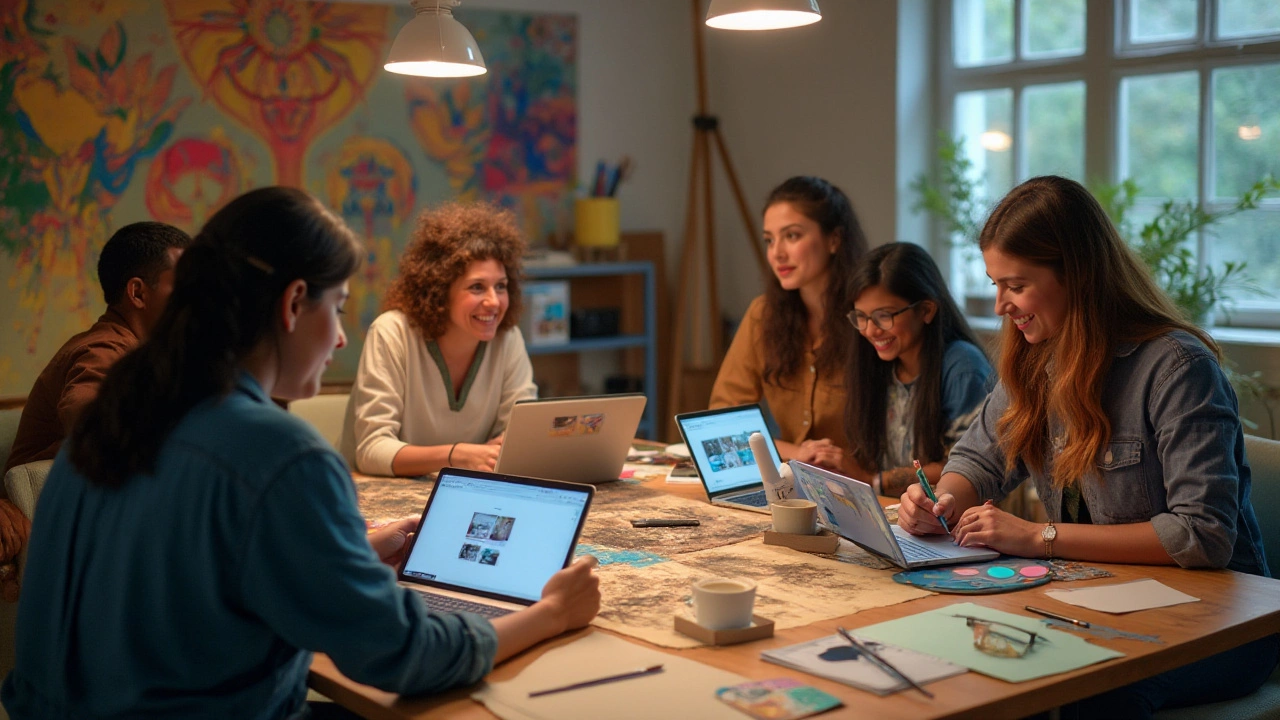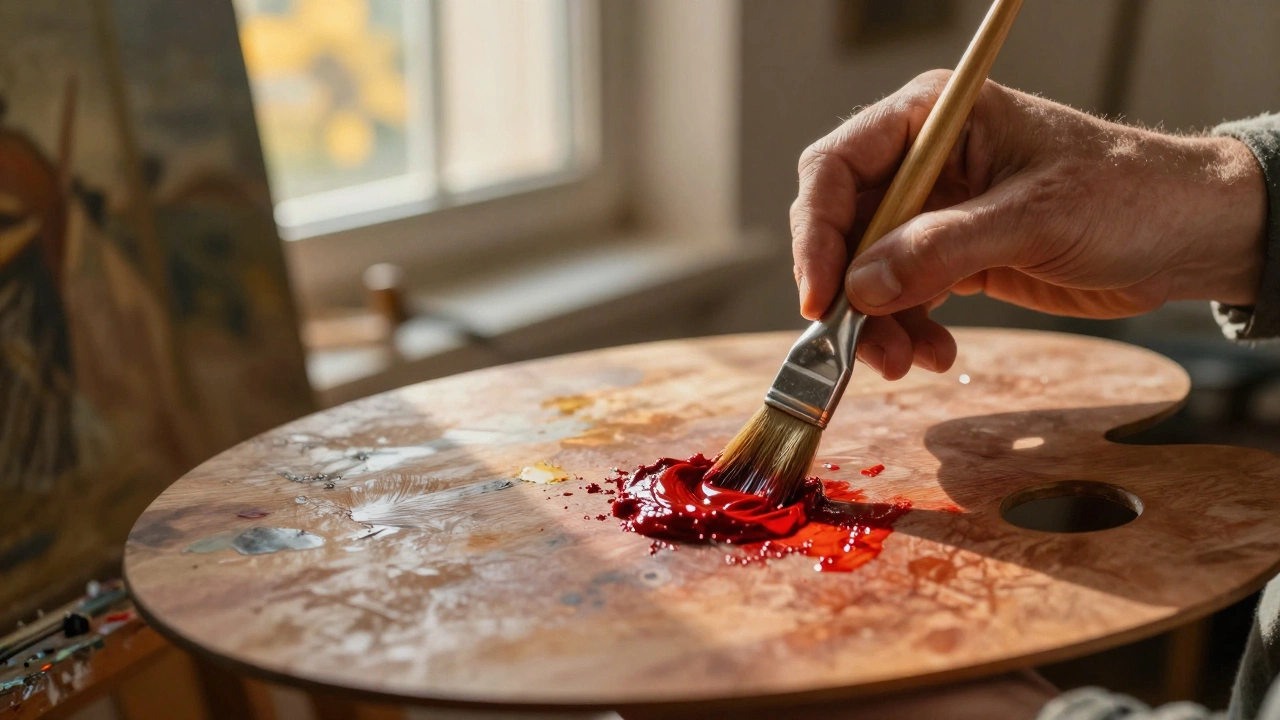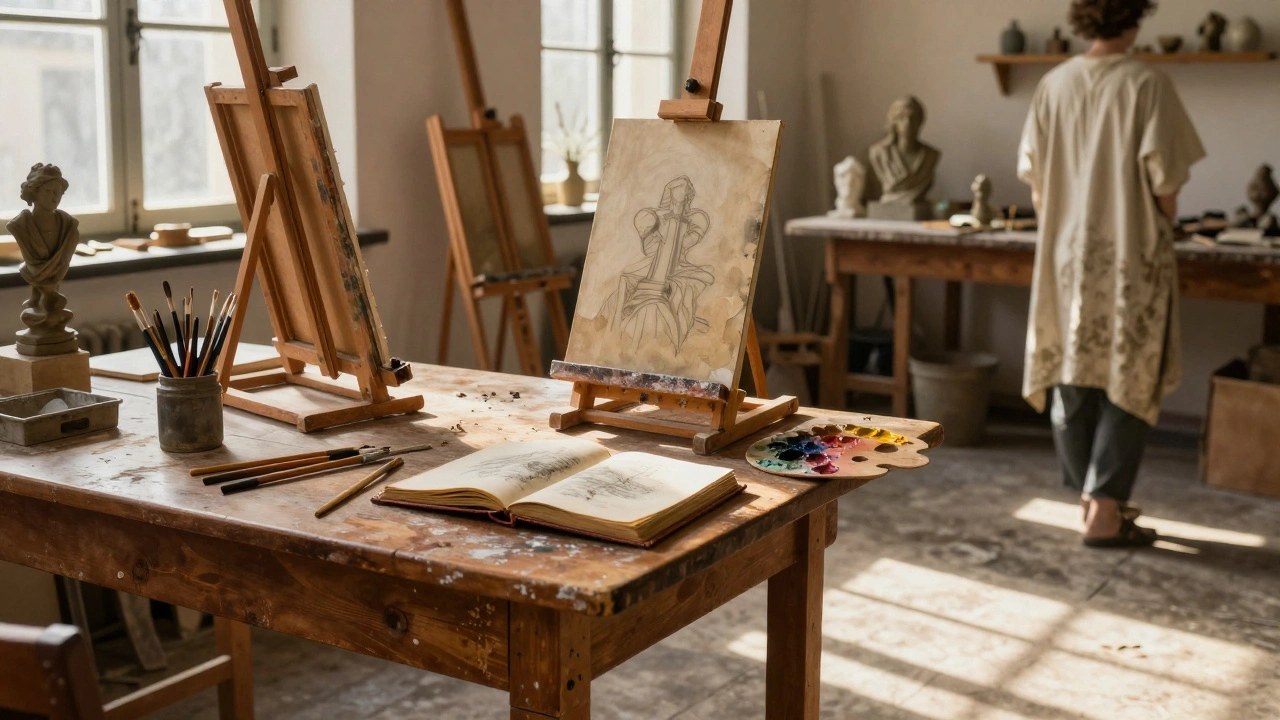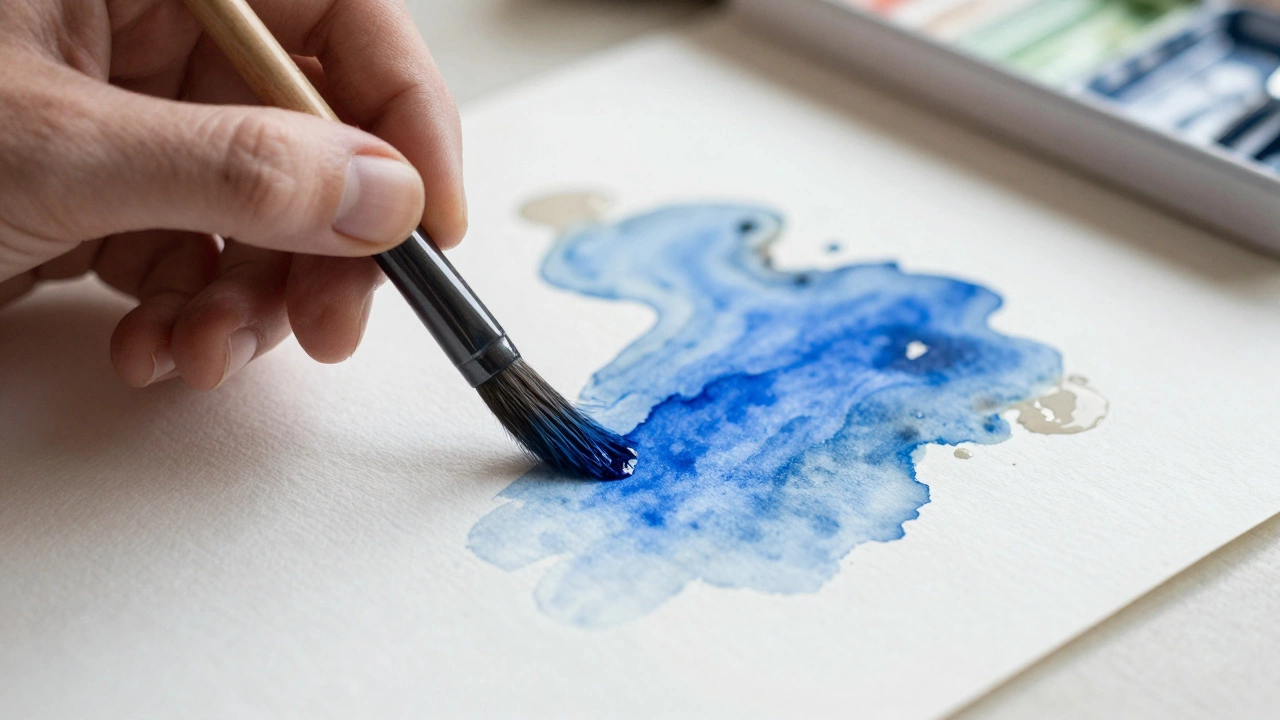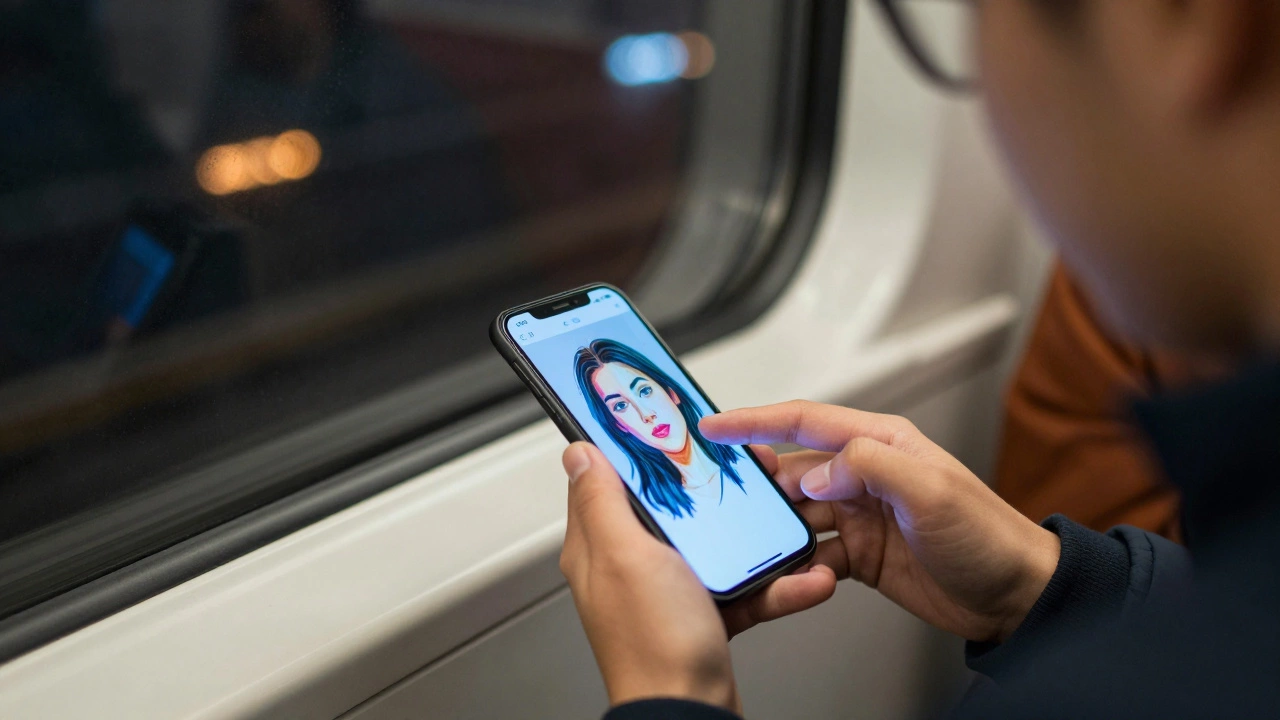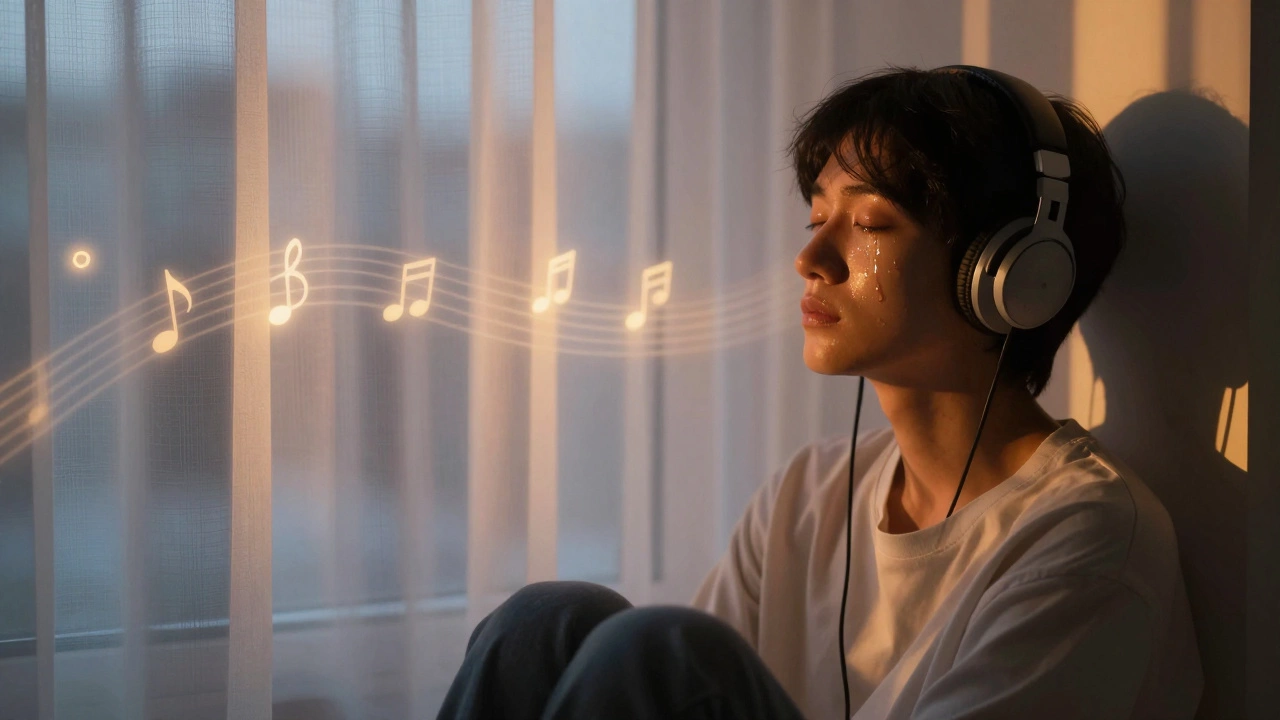In the age of digital creativity, tools like Canva have revolutionized how we approach art and design. But as this user-friendly platform rises in popularity, a question emerges: Is using Canva truly creating digital art? This conversation offers a rich tapestry of opinions and insights, weaving through the history and evolution of artistic expression using technology.
As we delve into this topic, it’s important to consider how art is defined in the digital era. With its vast array of templates and easy-to-use interface, Canva has opened the doors for many to explore their artistic potential. But does this democratization equate to artistry, or is it merely design? Let’s explore these questions, navigating the intriguing intersection of technology and creativity.
- The Evolution of Digital Art Tools
- What Defines Digital Art?
- Canva’s Role in the Art World
- Perspectives on Digital Creativity
- Finding Your Artistic Voice with Canva
The Evolution of Digital Art Tools
Digital art has come a long way since the earliest days when computers first began to make their mark on the creative world. Initially, creating art on a computer involved complex programming and was limited to those with substantial technical prowess. The progress in digital art tools over the years has dramatically shifted the landscape, allowing virtually anyone to explore their creative potential. This section scrutinizes the development from rudimentary computer graphics to sophisticated software and platforms like Canva which have democratized the process.
In the 1960s and 1970s, digital art began gaining momentum with pioneers like Frieder Nake and Harold Cohen, who developed new ways to create images and animations using emerging computer technology. They laid the groundwork with programs that could generate patterns based on mathematical algorithms, leading to boundary-pushing works that challenged traditional concepts of art. As we moved into the 1980s, personal computers became more affordable and accessible, sparking a new era of creativity. During this time, software like Adobe Photoshop was introduced, providing artists with tools to edit and manipulate images in ways never before possible.
As the internet expanded in the 1990s, digital art platforms emerged, offering collaborative opportunities for artists across the globe. This era heralded a myriad of online communities and resources that enabled artists to share ideas and techniques, sparking a rapid evolution of styles and methods. The introduction of graphic tablets and advanced stylus technology allowed for precision and control, bridging the gap between traditional and digital methods. These innovations encouraged more traditional artists to experiment with digital tools, leading to a blending of practices and genres.
"Digital tools have not just made art more accessible; they have changed the way we engage with creativity and opened doors to new forms of self-expression," remarked Jessica Helfand, an influential figure in design theory.
Today, platforms like Canva represent a significant shift in the evolution of digital art tools. Once the purview of dedicated software requiring significant training and effort, design has become more accessible. Canva, with its plethora of templates and intuitive drag-and-drop functionality, allows users with no formal art training to craft visually appealing content efficiently. This shift speaks volumes about the direction digital art tools have moved towards: simplicity without sacrificing creativity. With easy-to-use interfaces, these tools make it possible for creators across the spectrum to engage in digital artistry.
The ability of platforms like Canva to accommodate both novice and expert users illustrates the flexibility and inclusivity that modern digital art tools offer. This transformation not only empowers individuals to embark on creative journeys but fosters a culture where creativity is recognized from a variety of sources. The blending of technology and art continues to unravel new opportunities for artistic expression, ensuring that digital art remains a vibrant and evolving field, welcoming to all.
What Defines Digital Art?
Digital art is a dynamic and evolving field that encompasses a wide range of practices, mediums, and forms. It is art created or presented through digital technology, blurring the lines between traditional craftsmanship and modern technology. While traditional forms of art like painting and sculpture have long-established parameters, digital art has the flexibility to constantly redefine itself. Artists in this genre use a variety of digital tools, from graphics tablets to complex software programs, to create visuals that might not be achievable through analog means. A critical component of digital art is its inherent nature of being reproducible, yet possessing the unique quality of being easily manipulated or altered after inception, something physical artworks cannot boast.
The accessibility and versatility of digital art tools have led to a proliferation of digital artworks, making it a significant part of the contemporary art world. Institutions such as the Museum of Modern Art and the Louvre have begun to house digital artworks, elevating digital creations to the status of fine art. This raises the question: What criteria make digital creations art? Traditionally, creativity, originality, and intention have been at the core of what defines art. Digital art extends these core principles into new territories, introducing interactivity and immersive experiences that engage audiences in unique ways. Technologies like augmented reality and virtual reality further expand the boundaries, creating artworks that evolve with the viewer or environment. Digital art challenges the viewer not just to observe but to participate in the art-making process itself.
As we consider what defines digital art, we should also acknowledge the debate about originality and authenticity that digital tools bring to the fore. Critics often argue that tools like Canva, with their pre-made templates and ease of use, lower the barriers to entry but might also lower the depth of creativity required. However, this democratization has allowed a wider audience to engage with creative processes. This brings us to the argument presented by art theorist Claire Bishop, who states,
"Art, in any form, thrives on accessibility and the ability to transmit and transform the everyday into the extraordinary."Thus, while digital tools may simplify the creation process, they also expand the horizon for what is artistically possible, encouraging users to imprint their unique voices on their creations.
Understanding digital art also involves exploring the different categories it encompasses. From digital painting and CGI to fractals and pixel art, each style uses technology to enhance creativity. An interesting fact is that the digital painting segment alone had an estimated value of around $200 million in the art industry as of recent years. Digital installations often feature multimedia integrations, combining sound, video, and computing to create a sensory experience. These multifaceted installations represent a blend of art and digital innovation, showcasing the broad capacity and influence of digital tools. Graphic design, often associated with commercial applications, has also carved its niche in the digital art scene, balancing functionality with aesthetic appeal.
Beyond the technical elements, digital art invites discourse on the societal and cultural implications it carries. It prompts us to reflect on how technology influences our perception of art and creativity. As traditional boundaries dissolve, digital art pushes us to reconceptualize both the nature of art and artist itself. Whether it’s through the seamless merging of digital code and artistic expression or the breaking down of barriers between creator and audience, digital art continues to redefine what we understand as genuine artistry. In this ever-transforming landscape, Canva and tools like it serve not merely as facilitators of artistic expression but as instruments of cultural dialogue, redefining how we create, perceive, and appreciate art in a digitized world.
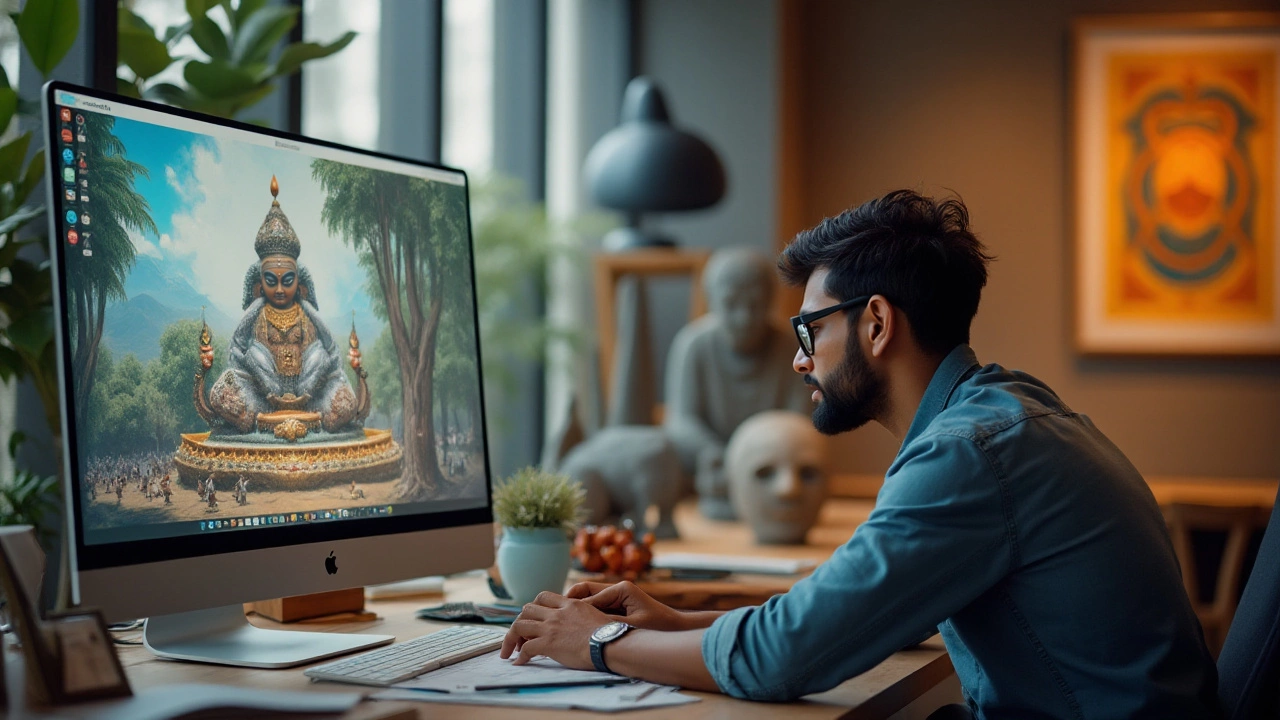
Canva’s Role in the Art World
As technology continues to progress, the definition of art likewise evolves, and Canva has emerged as a transformative tool in this digital revolution. Once perceived merely as a simple online graphic design platform, Canva has increasingly found itself at the heart of debates about what constitutes true digital art. Known for its simplicity and accessibility, Canva empowers millions of users globally to experiment creatively without the steep learning curve associated with traditional design software. This tool does not only lower the barriers to entry for aspiring designers but also sparks new conversations about who can create art and what tools they require to do so. The platform offers a rich selection of templates and design elements, which are arguably conducive to creativity, yet some critics suggest that this very ease could potentially detract from originality.
One of Canva’s most profound impacts on the art world is its democratization of creative production. Where once artists needed access to expensive software, now anyone with an internet connection can craft visually appealing graphics. This wide accessibility means individuals who might not have pursued art due to financial or educational barriers now have the tools to express themselves artistically. In fact, Canva’s user base represents a diverse array of creators, from students designing posters to entrepreneurs crafting business presentations, all of whom are using their creations to communicate and influence in new ways. The platform's intuitive drag-and-drop design means that even those lacking technical skills can produce near-professional quality work, sparking a significant shift in how we perceive the creation process.
Despite its wide acceptance, some within the art community question whether Canva's use constitutes legitimate art-making. The argument rests on the notion of originality—whether utilizing pre-made assets constrains true artistic expression. It's crucial to note that this platform’s ethos resonates with what Malcolm Gladwell succinctly encapsulates in his works, suggesting that
'the tipping point' of any trend or innovation—like Canva in the design world—often challenges traditional paradigms.'This resonates within discussions about digital art, urging us to rethink the boundaries of art and acknowledging the platform’s potential to influence culture broadly.
Canva has also established itself in professional circles, supporting creative endeavors while aiding digital marketers, educators, and content creators. By facilitating collaborative projects, its role extends beyond individual artistry to include corporate and educational settings. Groups can seamlessly design, share, and refine projects collectively, creating synergies that amplify ideas and foster innovation. These collaborative capabilities are particularly advantageous in an interconnected world where teamwork is increasingly virtual, allowing participants to contribute from any location globally.
The platform’s continuous evolution is pivotal, integrating features such as video editing and stock photos, keeping it relevant and aligned with users' growing needs. The statistics back this up, with Canva reporting that more than 65 million users create a wide array of designs monthly. These developments ensure that graphic design opportunities expand, fostering new ways to inspire and engage. Emerging artists can showcase their portfolios using Canva’s tools, amplifying their reach and influence across various social media platforms. This integration into social strategy highlights how seamlessly Canva fits into modern digital culture.
Perspectives on Digital Creativity
The realm of digital creativity represents a vast, ever-evolving landscape, where traditional notions of art intersect with advancing technology. As digital tools like Canva become household names, the discussion around what constitutes true digital art grows steadily more complex. Creators, designers, and critics alike offer a myriad of perspectives, each as enlightening and challenging as the last. While some purists suggest that only original creations crafted from scratch can be called digital art, others argue that the facility and accessibility provided by tools like Canva are transforming the art world for the better. This democratization of design gives voices to those who might not have had access to traditional art education, pushing the boundaries of what creativity can achieve in today's technological society.
Within these discussions, it’s important to appreciate the multitude of ways in which people define and engage with art. Digital tools serve as an extension of the artist's imagination, offering new means of expression and expanding the horizons of what is possible. For instance, the ease of use and vast array of features in Canva enable individuals to experiment with graphic design concepts, sometimes even leading to newfound artistic passions. Critics who champion these tools emphasize that creativity itself is being redefined, and what matters ultimately is the vision and message conveyed through the creation, not the complexity of the tools used.
“Technology feeds on the ideals and beliefs placed in it by users, and nowhere is this truer than in art,” notes Marina Gorbis, Executive Director of the Institute for the Future.
Interestingly, there is also a growing acceptance that digital platforms play a crucial role in education and skill development. Through platforms like Canva, users not only explore graphic design but also integrate this knowledge with other skills, such as marketing, branding, and communication. This multifunctional approach makes digital art a vital part of professional development for many industries. The platform’s user interface encourages learning by doing, often sparking creativity by allowing users to experiment with a plethora of design formats and styles without any commitment. The artistic process becomes fluid and iterative, embodying experimentation, learning, and growth at its core.
Some professionals argue for a more nuanced classification of digital art. They suggest creating distinct categories, perhaps defining 'digital art' separately from 'digital design' to reflect the different intents and methods. Such a classification could better acknowledge the unique value each brings to the table. Be it through a complex Photoshop illustration or a beautifully rendered Canva creation, the spectrum of digital artistry is broad and inclusive. The debate continues to inspire dialogues across forums, encouraging a deeper understanding of digital processes and their implications for the future of art.
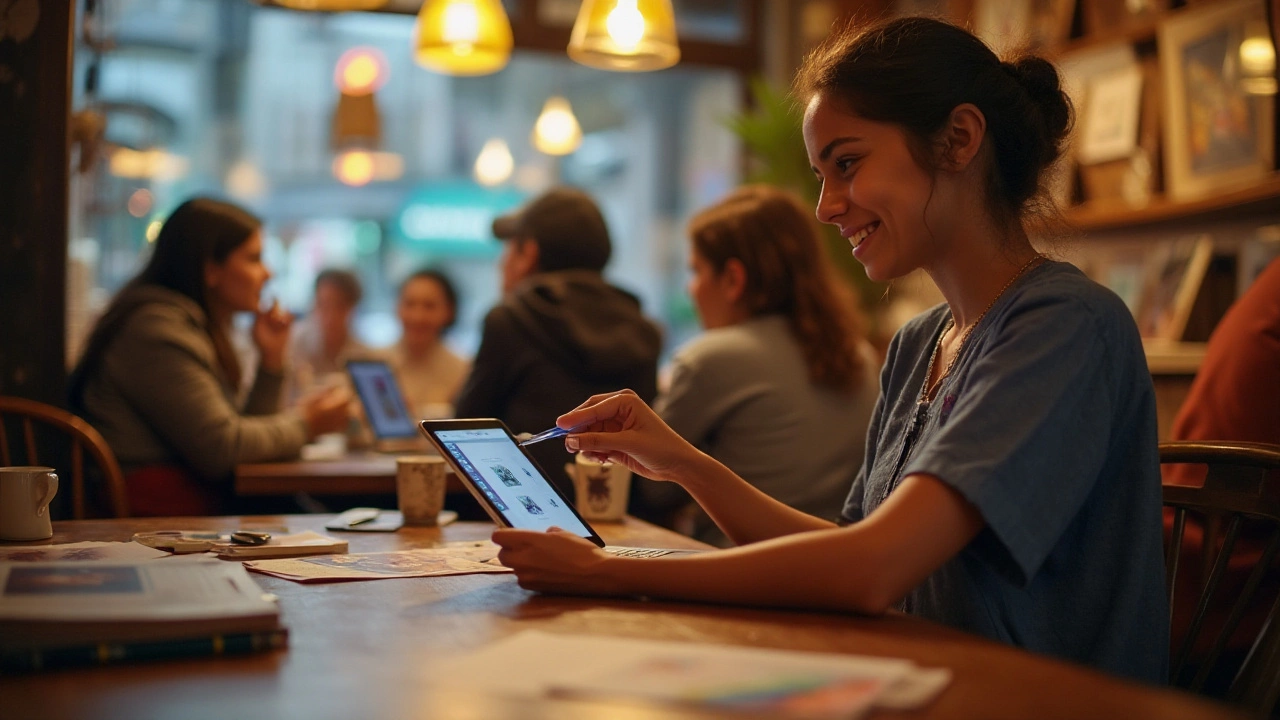
Finding Your Artistic Voice with Canva
Using Canva can be a transformative experience, especially for those just beginning their journey in digital art. The platform provides an extensive library of templates, images, and design elements, making it an excellent tool for experimentation. As users navigate through these resources, they often discover their unique style and preferences. The ease of access to professional-grade design features right at your fingertips is both inviting and empowering. Canva's drag-and-drop interface eliminates much of the technical barrier that can deter new digital artists. Whether you're crafting social media graphics or exploring poster designs, each choice reflects a bit of your creative essence.
Many seasoned artists may argue that tools like Canva can homogenize artistic output. Yet, others see it as a canvas itself—one where personal touches and customized elements can shine through. By combining your own images, selecting specific color palettes, and choosing the right typography, your projects can transcend cookie-cutter designs. These features allow you to embed your personality into each creation. Psychologist Mihaly Csikszentmihalyi, known for his work on creativity and flow states, emphasizes the importance of tools in sparking innovation: "When we are involved in creativity, we feel that we are living more fully than during the rest of life."
Additionally, building your artistic voice with Canva involves embracing a process of trial and error. The platform encourages a hands-on approach, allowing users to play with contrasts, experiment with textures, and engage in a creative flow without fearing mistakes. Because of the platform's undo feature, experimenting becomes less intimidating, and revising designs is seamless. Many users find their unique sensibility by repetitively reassessing what works best for them. This iterative process refines skills and gradually assembles a signature style, recognizable in each work's subtle nuances. As the saying goes, practice makes perfect—an adage that Canva supports through its engaging design process.
Those leveraging Canva's capabilities for graphic design projects often find themselves participating in a broader community of creators. This sense of belonging can be both inspiring and educational. Online forums and social media groups dedicated to Canva users are excellent places to share, learn, and draw inspiration. They can provide feedback and tips that enhance individual projects. Discovering patterns and trends in similar projects can also prompt insights into your preferences and artistic inclinations. A strong community of like-minded creators can foster confidence and inspire innovative approaches to art and design.
Statistics from Canva highlight its expansive reach: as of 2023, over 60 million users globally engage with the platform each month. This sheer diversity of creators attests to its ability to cater to various tastes and styles. A testament to its adaptability, Canva allows you to explore current trends and popular art movements while incorporating elements that resonate personally. By absorbing these different influences, creators refine and evolve their style. It’s this ongoing reshaping of individual identity that encapsulates the essence of discovering one's artistic voice with Canva.
